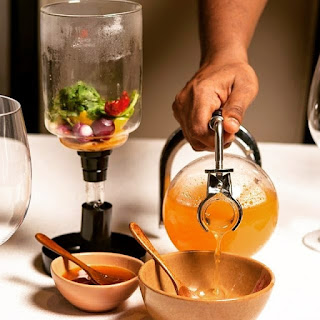Walnutt an Enigma called "Superfood"
Imagine a nut so tough to crack that it takes the weight of a car to loosen the hull. While the familiar Persian walnuts, often called English walnuts, can be cracked easily, often by holding two of them in the palm of the hand and squeezing, the black walnut and the butternut require the utmost of "S" and "S"--strength and strategy. These natives of North America sport the toughest husks that cling firmly to their tough shells. One garden reference actually does suggest driving a car back and forth over the whole nuts to loosen their husks but warns that this method could permanently stain the driveway.
Walnuts in Indian cuisine Though many historians pinpoint Persia as the country of the walnut's origin, confusion persists because archaeological remains of walnuts were found as far eastward as the Himalayas which is the footsteps of India, Akhrot tikkis, Akhrot halwas and Akhrot Kheers are some common recipes which walnut boasts here in India, with immense medicinal & health benefits
The walnut served to induce sweating, cure diarrhoea, soothe sore gums and skin diseases, cure herpes, and relieve inflamed tonsils. The nut itself was used to prevent weight gain, calm hysteria, eliminate morning sickness, and to strengthen one's constitution. The hulls were boiled and used to treat head and body lice, herpes, intestinal parasites and worms, skin diseases, and liver ailments. The leaf was decocted to cure boils, eczema, hives, ulcers, and sores. Even the walnut oil was employed as a medicinal aid. It was first diluted before it was used to treat colic, dandruff, dry hair, gangrene, and open wounds, while the green rind of the walnut was used to treat ringworm.
Bengal Gram - 100 grams
Green chillies - 5 grams
Cilantro - 5 grams
Fennel seeds - 5 grams
Curry leaves - few strands
Ginger - 10 grams
Olive Oil to fry - 200 ml
Kachumber
Apple - 30 grams
Green apple - 30 grams
Cilantro - 5 grams
Ajwain - 2 grams
Green chillies - 2 grams
Lemon juice - 5 ml
Walnut - 1 whole
Chutney
Walnut 50 grams
Tomato 30 grams
Red chilly - 5 grams
Shallots 10 grams
Brown sugar - 10 grams
Asafoetida- 1 gram
Oil -10 ml
Salt
Method
Vada :Finely chop broccoli and walnuts in a food processor, boil and mash potatoes with salt, add in finely chopped green chillies,ginger,curry leaves & cilantro along with broiled fennel seeds, mix them throughly and form quenelles and chill, before service fry the same over hot oil until golden brown, reserve for service Kachumber: Shred apples and add finely chopped green chillies, ajwain and cilantro, season with lemon juice and salt chill before service, poach a walnut in hot boiling water and remove the skin and reserve for plating Chutney: sweat shallots over oil and add in red chillies and tomato and continue to cook,add in walnuts and brown sugar adjust seasoning and cool, using a food processor to purée the same and in asafoetida whilst finishing and reserve for service. Plate the salad and smear walnut chutney and place fried wadas serve hot .
Walnut the superfood A study published in the American Journal of Clinical Nutrition, May 1994, showed that those whose diets included nuts, either walnuts or almonds, were able to lower their LDL cholesterol by 9 to 10%. Another study that appeared in the Journal of the American Dietetic Association, July 1995, found that walnuts could also diminish the extent of heart damage after a heart attack. From ancient times through the nineteenth century herbalists prescribed the walnut, the bark, the roots, and the leaves as an astringent, a laxative, a purgative to induce vomiting, a styptic to stop bleeding, a vermifuge to expel worms or parasites, and a hepatic to tone the liver.
Walnut is a super food by all means. .



Comments
Post a Comment